An individual suffers severe blunt trauma to the thoracic cavity. Which of the following organs are at greatest risk from this injury?
A. Heart and lungs
B. Brain and spinal cord
C. Liver and stomach
D. Large and small intestines
The correct answer is a. Heart and lungs. The thoracic cavity contains the heart and lungs, which are at greatest risk from severe blunt trauma to this area.
a.The brain and spinal cord are not located in the thoracic cavity and are therefore not at greatest risk from blunt trauma to this area.
c.The liver and stomach are located in the abdominal cavity, which is below the thoracic cavity. While these organs may be affected by severe blunt trauma to the thoracic cavity, they are not at greatest risk.
d.The large and small intestines are also located in the abdominal cavity and are not at greatest risk from blunt trauma to the thoracic cavity.
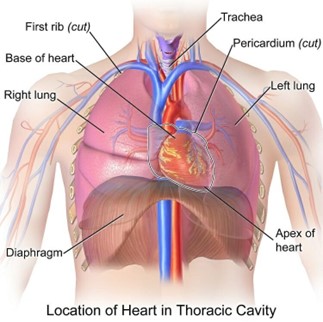
Therefore, the Correct Answer is A.
More Questions on TEAS 7 Science
-
Q #1: Which of the following is a protein present in blood plasma?
A. Monocytes
B. Platelets
C. Fibrinogen
D. Lymphocytes
Answer Explanation
The correct answer is c. Fibrinogen. Fibrinogen is a protein present in blood plasma that plays a key role in blood clotting. When an injury occurs and bleeding begins, fibrinogen is converted into fibrin, which forms a mesh-like structure that helps to trap blood cells and form a clot.
A. Monocytes are a type of white blood cell, not a protein present in blood plasma.
B. Platelets are cell fragments that play a role in blood clotting, but they are not a protein present in blood plasma.
D. Lymphocytes are a type of white blood cell, not a protein present in blood plasma.

-
Q #2: Genetic information describing the characteristics of an organism is found in which of the following?
A. Nuclei
B. Membranes
C. Cilia
D. Ribosomes
Answer Explanation
The correct answer is a. Nuclei. Genetic information describing the characteristics of an organism is found in the nuclei of its cells. The nucleus contains the organism's DNA, which carries the genetic information that determines its traits.
b. Membranes are structures that surround and enclose cells and organelles, but they do not contain genetic information.
c. Cilia are hair-like structures that protrude from the surface of some cells and are involved in movement, but they do not contain genetic information.
d. Ribosomes are organelles that are involved in protein synthesis, but they do not contain genetic information.
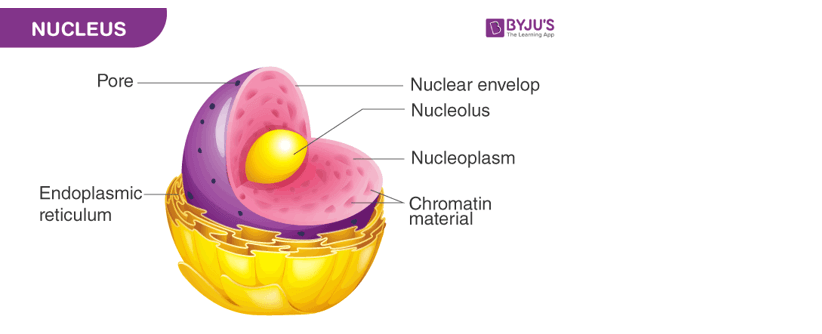
-
Q #3: Hikers who found a human body at high altitude in the Italian Alps thought the man had died recently, but tests indicated he was shot with an arrow more than 5,300 years ago. Which of the following would be the best reason for prolonged preservation of the body?
A. The ultraviolet rays at such a high altitude caused all his molecules to be preserved.
B. The food that the person ate contained toxins that killed the bacteria that would have otherwise destroyed the body.
C. The body was frozen in the cold temperature of the Alps shortly after he died and remained frozen until it was found.
D. The arrow wound caused blood to flow out of the body which led the enzymes that would break down tissue to be cleared from the body.
Answer Explanation
The best reason for the prolonged preservation of the body is that it was frozen in the cold temperature of the Alps shortly after death and remained frozen until it was found. Freezing can preserve a body by slowing down or stopping the decomposition process.
The other options are not as likely to have caused prolonged preservation.
Ultraviolet rays can damage molecules rather than preserve them. Toxins in food would not necessarily kill all bacteria that could cause decomposition. Blood loss from an arrow wound would not necessarily clear all enzymes that could break down tissue.
-
Q #4: Which of the following ions binds to the troponin complex, initiating the contraction of a muscle?
A. Sodium
B. Potassium
C. Calcium
D. Phosphorus
Answer Explanation
When a muscle cell is stimulated by a nerve impulse, calcium ions are released from the sarcoplasmic reticulum into the cytoplasm. The calcium ions bind to the troponin complex, which is a protein that regulates the interaction between actin and myosin filaments. The binding of calcium to troponin causes a conformational change that exposes the binding sites for myosin on the actin filaments. This allows the myosin heads to attach to the actin and pull the filaments past each other, resulting in muscle contraction.
-
Q #5: Which of the following tools can be used to measure the turbidity of a liquid by measuring the transmission of light through the sample?
A. Centrifuge
B. Spectrophotometer
C. Microdensitometer
D. Electrophorometer
Answer Explanation
The correct answer is b. Spectrophotometer. A spectrophotometer is a tool that can be used to measure the turbidity of a liquid by measuring the transmission of light through the sample. Turbidity is a measure of the cloudiness or haziness of a liquid caused by the presence of suspended particles. A spectrophotometer measures the amount of light that passes through the sample and compares it to the amount of light that passes through a reference sample to determine the turbidity.
a. A centrifuge is a tool used to separate components of a mixture based on their densities, not to measure
turbidity.
c. A microdensitometer is a tool used to measure the optical density of an image, not to measure turbidity.
d. An electrophorometer is a tool used to separate charged particles based on their size and charge, not to measure turbidity.

-
Q #6: The covalent bonds between the monomers of an enzyme macromolecule are:
A. Ester bonds
B. Peptide bonds
C. Phosphodiester bonds
D. Glycosidic bonds
Answer Explanation
The correct answer is b. Peptide bonds. Enzymes are proteins, and proteins are made up of amino acid monomers linked together by peptide bonds. A peptide bond is a covalent bond that forms between the carboxyl group of one amino acid and the amino group of another amino acid.
a. Ester bonds are covalent bonds that form between a carboxylic acid and an alcohol.
c. Phosphodiester bonds are covalent bonds that form between a phosphate group and two hydroxyl
groups.
d. Glycosidic bonds are covalent bonds that form between two monosaccharides.
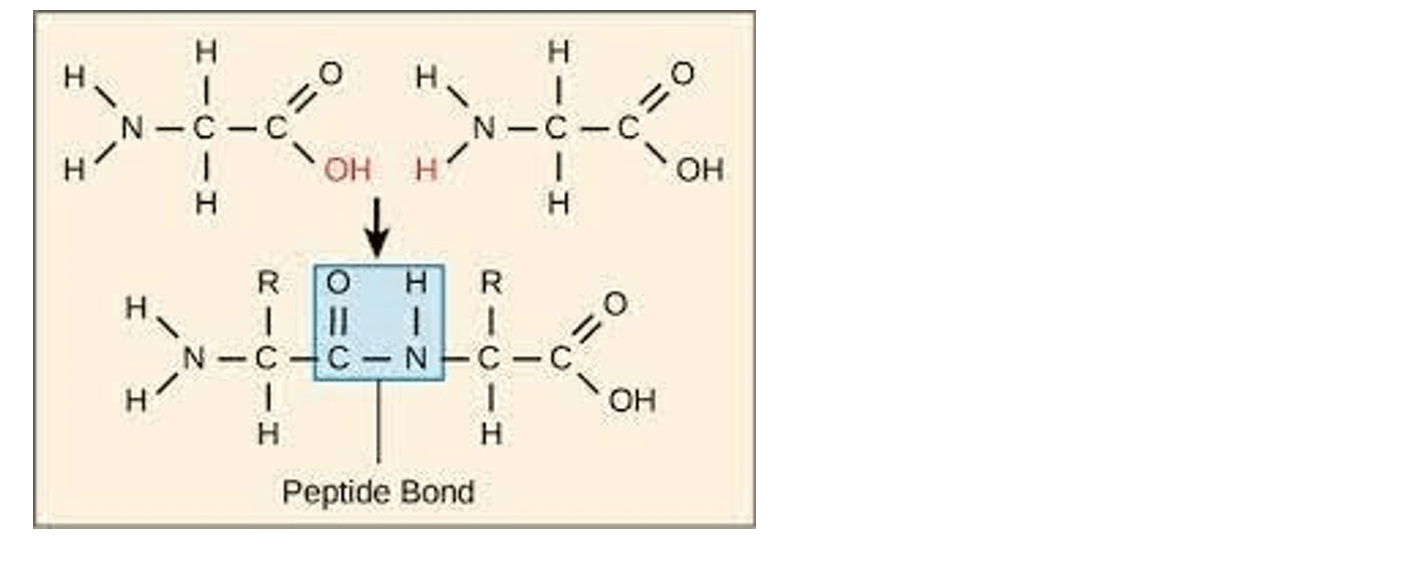
-
Q #7: Use the table below to answer the question. Object Mass (g) Time of fall (sec) 1 5.0 2.0 2 5.0 1.0 3 30.0 0.5 4 35.0 1.5 Which of the following conclusions is supported by the data?
A. Objects A and B will fall at the same rate.
B. The greater the mass of an object, the faster it will fall.
C. The time of fall is independent of the mass of the object.
D. Air resistance could be greater for A than for B.
Answer Explanation
-
Q #8: Experiments cannot validate hypotheses, only falsify them. The statement above can be restated in which of the following ways?
A. a. Until disproved, an explanation for an observation is valid.
B. b. Certain concepts cannot be subjected to direct experimentation.
C. c. A hypothesis that has not been falsified remains provisional.
D. d. Proving a hypothesis exempts it from further testing
Answer Explanation
The statement "Experiments cannot validate hypotheses, only falsify them" can be restated as "A hypothesis that has not been falsified remains provisional." This means that a hypothesis is considered valid until it is disproved by experimental evidence. However, even if a hypothesis has not been falsified, it is still considered provisional and subject to further testing and scrutiny.
a."Until disproved, an explanation for an observation is valid" is similar to the correct answer but does not capture the provisional nature of a hypothesis.
b."Certain concepts cannot be subjected to direct experimentation" is not a restatement of the original statement.
d. "Proving a hypothesis exempts it from further testing" is incorrect because no hypothesis can be definitively proven and all hypotheses are subject to further testing and scrutiny.
-
Q #9: Which of the following layers of skin lack blood vessels?
A. Papillary
B. Epidermis
C. Reticular
D. Hypodermis
Answer Explanation
The layer of skin that lacks blood vessels is the epidermis. The epidermis is the thin outer layer of the skin and does not have any blood vessels within it. It is composed of keratinized, stratified squamous epithelium and is made of four or five layers of epithelial cells, depending on its location in the body.
The other options are not correct because they do contain blood vessels. The papillary layer is part of the dermis, which contains blood vessels. The reticular layer is also part of the dermis and contains blood vessels . The hypodermis is a layer below the dermis and also contains blood vessels.
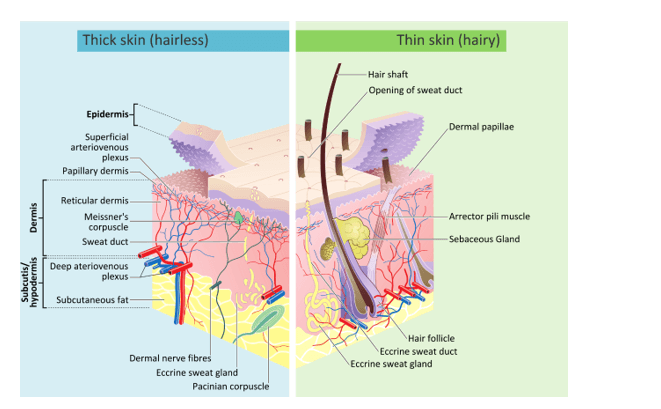
-
Q #10: Which of the following is a function of bone?
A. Storage of minerals
B. Detoxification of alcohol
C. Secretion of hormones
D. Production of otoliths
Answer Explanation
The correct answer is a. Storage of minerals. Bones serve as a storage site for minerals such as calcium and phosphorus. These minerals are essential for various bodily functions and can be released from the bones into the bloodstream when needed.
b. Detoxification of alcohol is not a function of bone. This process occurs primarily in the liver.
c. Secretion of hormones is not a function of bone. Hormones are produced and secreted by glands such as the pituitary gland, thyroid gland, and adrenal glands.
d. Production of otoliths is not a function of bone. Otoliths are small calcium carbonate structures found in the inner ear of fish and other vertebrates that help with balance and hearing.
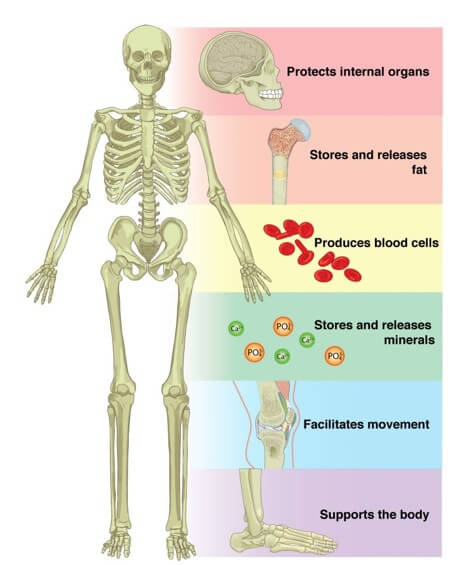
Free Access on TEAS 7 Exams and Study Notes
- Access to all TEAS 7 Exams
- Performance Tracking and Analysis
- Well Documented and Explained Questions and Answers
- 2000+ Questions and Correct Answers: Answers Well Explained
- Libary of Detailed StudyNotes
- Topical Questions and Answers on Examinable topics
TEAS 7 Exams (Q&A)
TEAS 7 Study Notes
TEAS 7 Topical Tests

TEAS 7 Study Guides
Quick Links
Refer a Friend
Refer a friend and claim free unlimited access

© 2024 ExamGates Made with by ExamGates
